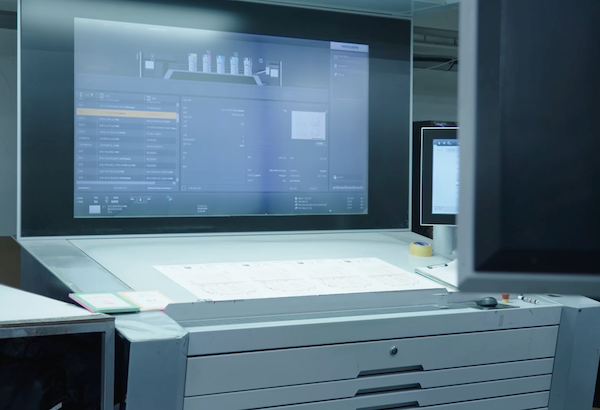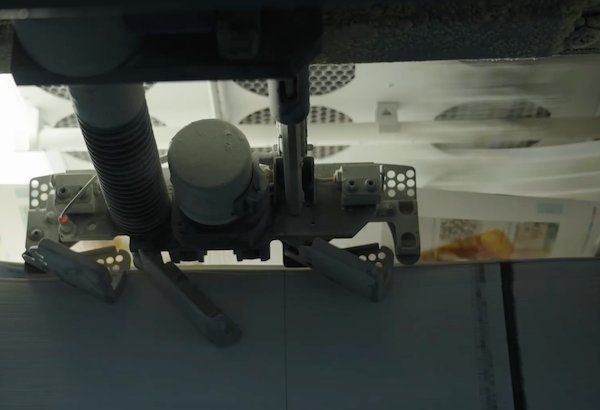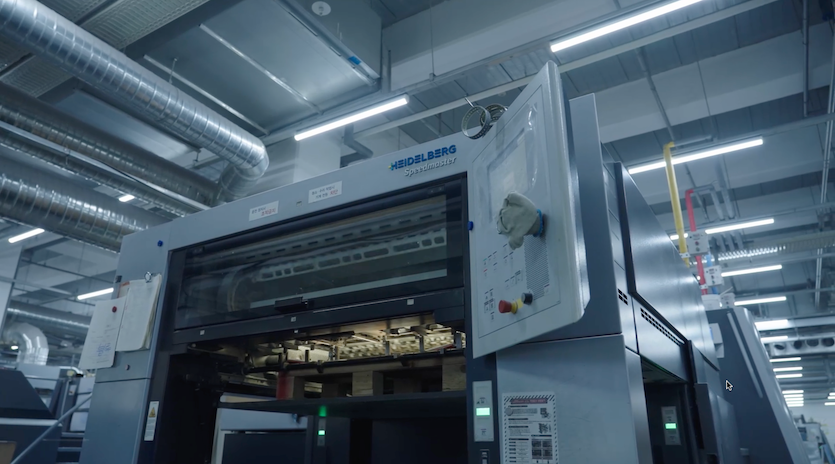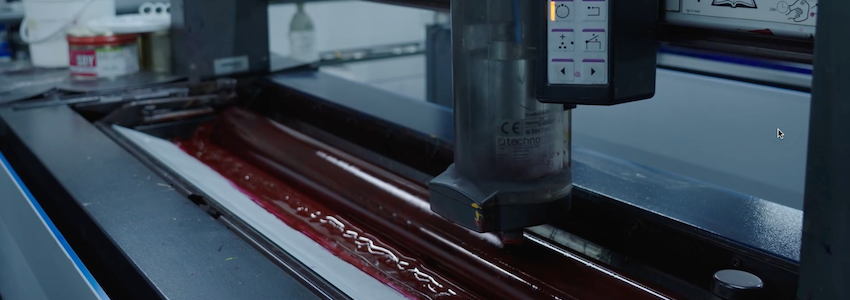When considering book printing in South Korea, U.S. publishers and authors weigh options to balance cost, quality, and logistics. While printing in the U.S. can be expensive and printing in China may raise quality concerns, South Korea offers a cost-effective, high-quality alternative with reliable production timelines and tariff advantages.
This analysis is based on insights from multiple industry reviews, printing cost studies, and customer feedback from publishers who have worked with printing companies in the U.S., China, and South Korea.
1. Cost Comparison: Affordable Without Compromise
[U.S. vs. South Korea vs. China]
| Factor | U.S. Printing | Chinese Printing | South Korean Printing |
|---|---|---|---|
| Base Printing Cost | Highest due to labor and operational expenses | Lowest, but rising due to labor and material cost increases | Lower than the U.S., with stable quality |
| Bulk Order Pricing | Very high, often cost-prohibitive for large runs | Low, but quality variation can lead to high rejection rates | Competitive pricing with low defect rates |
| Hidden Costs | None, but high upfront pricing | Possible additional expenses for reprints, quality control, and rejected shipments | Transparent pricing with fewer quality issues |
Key Takeaways:
- U.S. printing is the most expensive, making it difficult for cost-sensitive projects.
- China historically had the lowest prices, but costs have been rising, making it less attractive for budget-conscious publishers.
- South Korea offers significantly lower costs than the U.S., often up to 50% cheaper even when including shipping. Compared to China, prices remain competitive while offering superior quality and reliability.




2. Print Quality, Materials & Defect Rates: Consistency Matters
[U.S. vs. South Korea vs. China]
| Factor | U.S. Printing | Chinese Printing | South Korean Printing |
|---|---|---|---|
| Print Accuracy | High | Varies by provider | Consistently high |
| Material Quality | Premium options available | Wide range, including low-cost alternatives | High-quality paper and eco-friendly inks |
| Defect Rates | Low | Can be high if not properly managed | Low, with strong quality control |
Paper & Ink Quality: A Critical Factor
- China offers a vast range of paper and ink qualities, including very low-cost materials. However, the lowest-cost options often come with ink fading issues, inconsistent paper thickness, or lower durability.
- South Korea primarily uses domestically produced high-quality paper and ink, ensuring better color consistency, print longevity, and eco-friendly options.
- Many South Korean printers avoid Chinese-imported materials, preferring premium, FSC-certified, or soy-based inks for sustainability and reliability.
- South Korean paper mills supply high-quality paper that is widely used by U.S. printing companies, highlighting its global reputation for consistency and durability.
Key Takeaways:
- China provides more price flexibility but lacks consistent material quality.
- South Korea ensures a baseline of high-quality materials, reducing risks of ink or paper-related defects.
- For projects requiring premium finishes, South Korea is the better choice.
3. Logistics & Shipping: Efficiency & Cost Considerations
Shipping costs and transit times are crucial factors in printing decisions.
| Factor | U.S. Printing | Chinese Printing | South Korean Printing |
|---|---|---|---|
| Shipping Cost to U.S. | None (domestic, but trucking fees apply) | Lower for sea freight but rising | Competitive, with faster delivery times than China |
| Delivery Time | Fast | Can be delayed due to customs or supply chain issues | Faster than China, with reliable logistics partners |
| Tariffs & Duties | No import taxes | Subject to U.S.-China tariffs on printed materials | Benefit from U.S.-Korea Free Trade Agreement (KORUS FTA) (duty-free imports) |
Why Book Printing in South Korea Gives U.S. Publishers the Edge
- Faster shipping than China due to its strategic location and efficient logistics networks.
- More predictable transit times with lower risks of customs delays compared to China.
- Duty-free imports under KORUS FTA, making South Korean printing even more cost-effective compared to China.
- Shipping is not limited to sea freight—for urgent deliveries, courier services like UPS and FedEx provide air transport. Even when factoring in air shipping costs, small print runs can be more affordable than U.S. domestic printing.
- While recent U.S. trade policy under the Trump administration has targeted Chinese imports with aggressive tariffs, South Korea, as a close U.S. ally under a long-standing FTA, remains a more stable trade partner. Although no FTA is immune to policy shifts, experts suggest that tariff disruptions are far less likely with South Korea than with non-allied countries.
4. Handling Quality Issues & Reprints
[U.S. vs. South Korea vs. China]
| Factor | U.S. Printing | Chinese Printing | South Korean Printing |
|---|---|---|---|
| Defective Order Handling | Typically offers full reprint or refund | Reprints may be delayed; refund policies vary by provider | Flexible, often offering partial reprints or compensation |
| Response Time | Fast | Can be slow, especially with overseas communication | Fast and responsive customer service |
| Reprint Costs | Expensive | Can be low but may involve long delays | Competitive pricing with faster turnaround |
Key Takeaways:
- Chinese printers may have lower prices, but reprint policies and defect handling can be inconsistent. Some lower-cost providers may not offer full replacements.
- South Korean printers tend to be more flexible and customer-focused in resolving issues, providing partial reprints, discounts, or faster resolutions compared to Chinese counterparts.
- For publishers worried about post-printing quality assurance, South Korea provides a safer option.

5. Why Consider South Korean Printing Over China?
Many U.S. publishers consider China as a budget-friendly printing option, but with rising costs, South Korea presents a smarter alternative.
- Lower costs than U.S. printing while maintaining higher quality standards than some Chinese providers.
- More reliable defect control, reducing unexpected expenses from reprints and quality issues.
- Higher-quality materials by default, ensuring consistent print results without unexpected quality dips.
- Faster and more predictable shipping, with duty-free import benefits to the U.S.
- South Korean book printing is becoming a popular choice among U.S. publishers because of its cost-effectiveness and high-quality results.
6. Recommended Printer for Book Printing in South Korea: inclpress
For those seeking a direct book printing solution in South Korea, inclpress is a trusted option. As a leading printing factory, inclpress provides high-quality book printing at competitive prices, offering a one-stop printing solution for softcover, hardcover, catalogs, magazines, art books, children’s books, and more. With state-of-the-art binding facilities and partnerships with reliable logistics providers, inclpress ensures seamless delivery to the U.S.
If you’re planning to print your next book and want to see real-time offset printing prices, Inclpress offers an Instant Book Printing Quote tool.
You can enter your preferred size, page count, and specifications, and instantly get pricing for high-quality offset printing.
Get an Instant Book Printing Quote »

Looking to print my book 148 pages 11″ x 8.5″ hardcover.
1,000 copies.
Book is called “Dinosaurs in Scripture”
The file is ready to go.
Jeremy